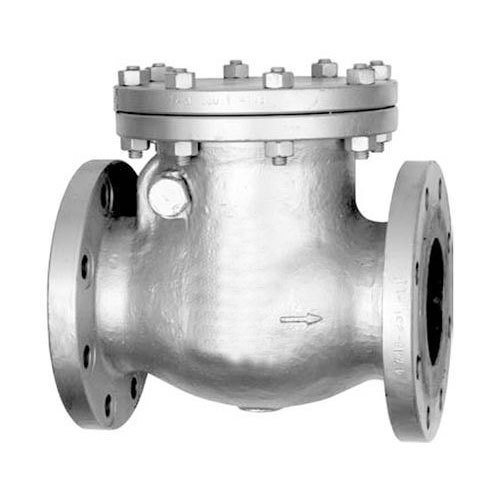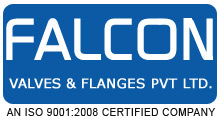sales@fvfindia.com View Mobile Number
Cast Steel Check Valves – Its Basic Features And Uses
Posted by Admin on March, 16, 2022

Cast steel check valves are one of the vital links in the regulation system of a production line. It is a valve that controls the one-way flow of the medium in the pipeline to stop the medium from flowing back. It is broadly used in purification equipment, petroleum, chemical industry, metallurgy, electric power, textile and other production processes.
Structural features of Cast steel check valves:
- Delicate selection of materials, in line with domestic and foreign standards, the utmost quality of materials.
Measures to install the Cast steel check valves Do not let the check valve bear weight in the pipeline. Large-scale check valves should be freely supported to prevent them from being impacted by the pressure produced by the pipeline system. When installing, pay attention to the direction of medium flow should be steady with the arrow track indicated by the valve body. Appropriate for water, steam, oil, nitric acid, acetic acid, oxidizing medium, urea and other media. Things to consider in a Cast steel check valves Knowing what makes the right choice Valves control gas and liquid flow in nearly every process and system. As common as they are, selecting the right valve can sometimes be time consuming and confusing. Begin valve selection by first collating some basic information on system performance necessities. Knowing this will make it simple to find the right valve. Materials of construction Know the chemical compatibility necessities. The valve materials need to be well-matched with the gases or liquids flowing through them. Plastic valves generally resist harsh or corrosive chemicals better than metal valves. Performance requirements Regulate the pressure and temperature requirements. Find out both the temperature and pressure ranges where the valve will be connected. Metal valves tend to withstand greater temperatures and pressures than plastic valves. Metal valves are also generally best for pressurized gases. This is because they tend to be tougher than plastic valves. Maintenance Don't forget to study the ongoing maintenance. Any valve choice should comprise attention to maintenance necessities. This is significant for both valve reliability and application stability. A good sample of this is ball valves. They fight clogging, jamming or malfunctioning. But they are not appropriate for adjusting flow. Using them to control flow can lead to leaking or early failure.
Search
Category
Recent Posts

Leave a Comment